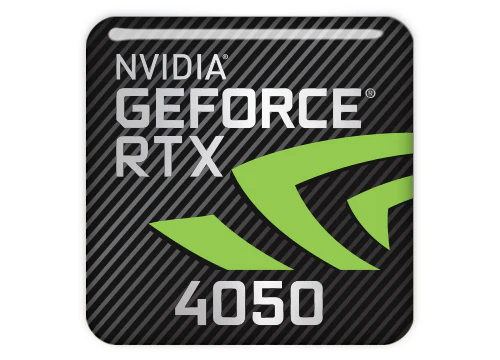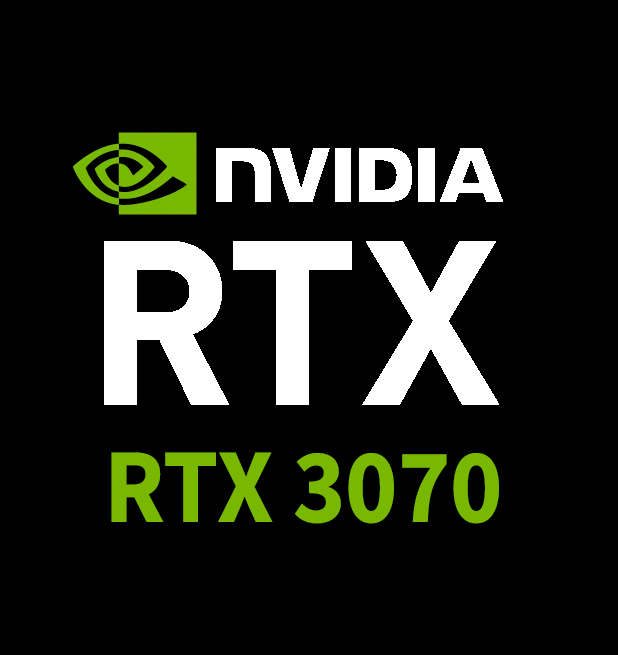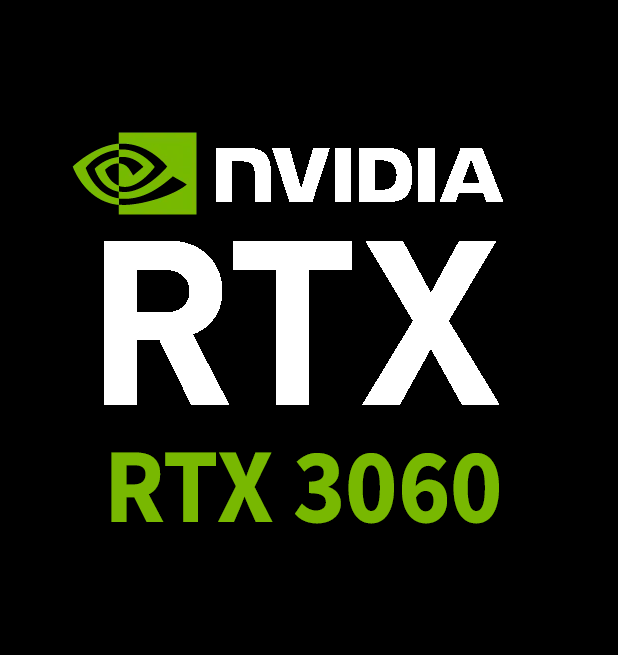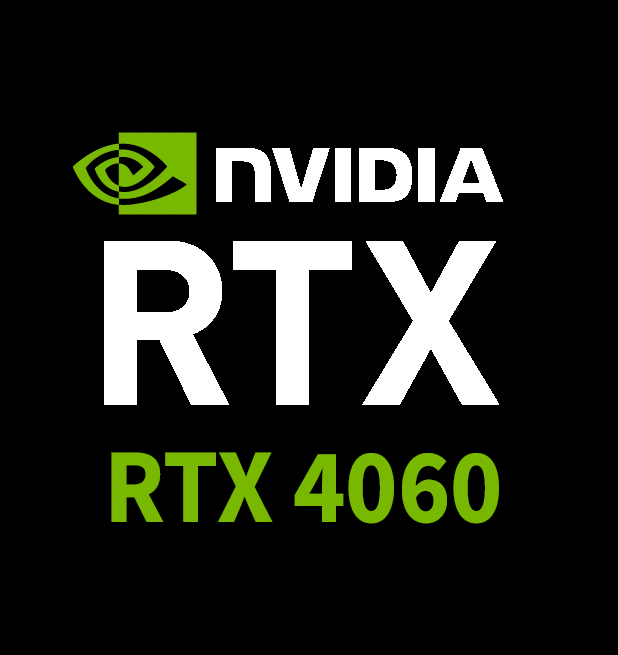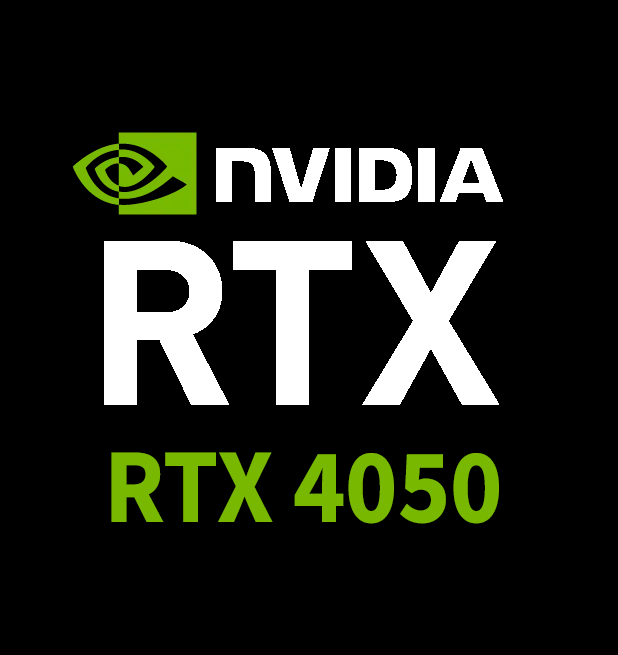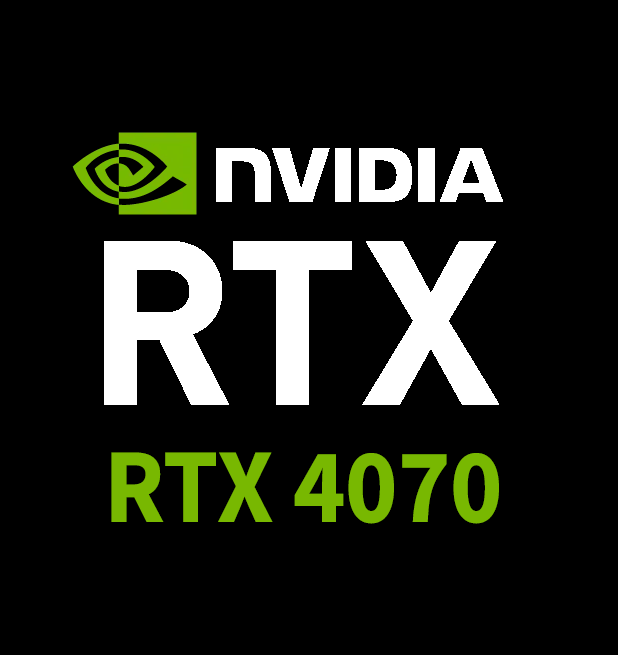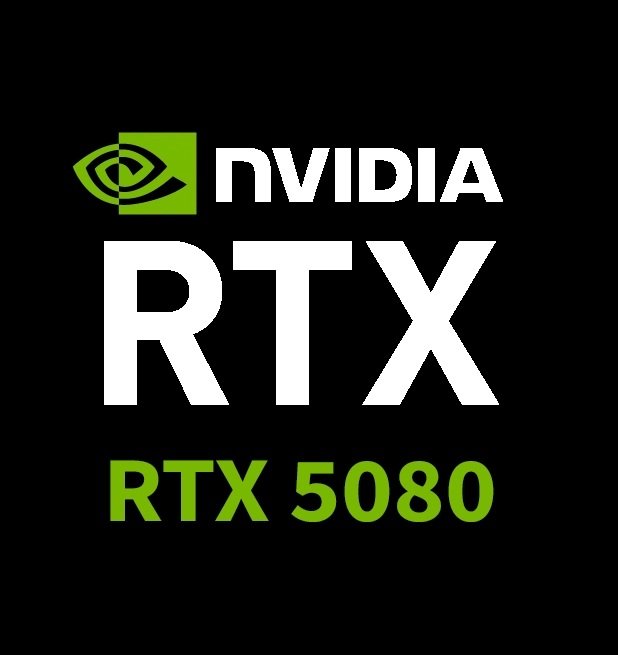Gadgetviza » Graphics Processor Comparisons » newNVIDIA® GeForce RTX™ 4060 Laptop GPU 8GB GDDR6 -vs- GeForce RTX 5070 Laptop GPU
newNVIDIA® GeForce RTX™ 4060 Laptop GPU 8GB GDDR6 -vs- GeForce RTX 5070 Laptop GPU
Related GPUs
Compare Related GPU
Specs Comparison Between newNVIDIA® GeForce RTX™ 4060 Laptop GPU 8GB GDDR6 and GeForce RTX 5070 Laptop GPU
Graphics Processor | ||
|---|---|---|
Image |  |  |
Name | newNVIDIA® GeForce RTX™ 4060 Laptop GPU 8GB GDDR6 | GeForce RTX 5070 Laptop GPU |
Architecture?The underlying design and structure of the GPU, defining its features and performance characteristics. Architectures often have specific names (e.g., Ampere, RDNA 3). | Ada Lovelace | Blackwell |
Processor Size?The manufacturing process used to create the GPU, measured in nanometers (nm). Smaller processes typically result in more efficient and powerful GPUs. | 5 nm | 4 nm |
Transistors?The number of transistors within the GPU. More transistors generally indicate higher performance and more complex features. | 35800 Million | 31,100 million |
Die Size?The physical size of the GPU chip, measured in square millimeters (mm²). Die size can influence the GPU's performance and power consumption. | 159 mm² | 263 mm² |
GPU Type?The specific model of the GPU, including platform-specific variants. For example, 'RTX 4070' can refer to both desktop and mobile versions, each with different performance characteristics. | Laptop | Laptop |
TGP?Total Graphics Power (TGP) is the maximum amount of power the graphics card is designed to consume, including the GPU and its memory. It indicates the card's overall power consumption and heat generation. | 115 | 50 - 100 W |
Launch Date | 04/2023 | 02/2025 |
Clock Speed | ||
|---|---|---|
Base Clock?The standard operating speed of the GPU, measured in megahertz (MHz). It indicates the GPU's baseline performance level. | 1920MHz | 2235MHz |
Boost Clock?The maximum speed the GPU can reach under heavy load, measured in megahertz (MHz). It represents the GPU's peak performance capability. | 2475 MHz | 2520 MHz |
Render Config | ||
|---|---|---|
Shading Units?The number of processing units within the GPU responsible for rendering graphics. More shading units generally result in better graphics performance. | 3072 | 4608 |
TMUs?Texture Mapping Units (TMUs) are processing units within the GPU that apply textures to 3D surfaces. More TMUs improve the realism and detail of rendered graphics. | 80 | 144 |
ROPs?Render Output Units (ROPs) are processing units within the GPU that handle the final stage of rendering, converting pixel data into an image. More ROPs improve the frame rate and image quality. | 32 | 48 |
RT Cores?Ray Tracing cores are specialized processing units within the GPU that accelerate ray tracing, a technique for creating realistic lighting and reflections. | 20 | 36 |
L1 Cache?The smallest and fastest cache memory level within the GPU, located closest to the processing units. It stores frequently accessed data for rapid retrieval. | 128 KB (per SM) | 128 KB(per SM) |
L2 Cache?A mid-level cache memory within the GPU that provides a larger storage capacity than L1 cache. It stores data that is less frequently accessed than L1 but more frequently than the GPU's main memory. | 32 MB | 32 MB |
Memory | ||
|---|---|---|
Memory Size?The amount of dedicated memory available to the GPU, measured in gigabytes (GB). More memory allows the GPU to handle larger and more complex graphics data. | 8 GB | 8 GB |
Memory Type?The type of memory used by the GPU, such as GDDR6 or GDDR6X. Newer memory types offer faster speeds and higher bandwidth, improving graphics performance. | GDDR6 | GDDR7 |
Memory Bus?The width of the data path between the GPU and its memory, measured in bits. A wider memory bus allows for faster data transfer. | 192 bit | 128 bit |
Bandwidth?The maximum rate at which data can be transferred between the GPU and its memory, measured in gigabytes per second (GB/s). Higher bandwidth improves graphics performance. | 336 GB/S | 512 GB/s |
Memory Clock Speed?The speed at which the GPU's memory operates, measured in megahertz (MHz). Higher clock speeds result in faster memory access. | 2000 MHz | 2000 |
Perfomance | ||
|---|---|---|
Half Precison (FP16) | 11.61 TFLOPS (1:1) | 23.22 TFLOPS(1:1) |
Single Precison (FP32) | 8.986 TFLOPS | 23.22 TFLOPS |
Double Precison (FP64) | 140.4 GFLOPS (1:64) | 362.9 GFLOPS(1:64) |
Features | ||
|---|---|---|
DirectX?A set of Microsoft APIs that provide a standard interface for graphics and multimedia applications. Different versions of DirectX offer varying levels of features and performance. | 12.2 | 12.2 |
G-Sync/FreeSync?A technology developed by NVIDIA that synchronizes the GPU's refresh rate with the display's refresh rate, reducing screen tearing and stuttering. | ||
OpenCL?Open Computing Language (OpenCL) is a framework for writing programs that execute across heterogeneous platforms, including GPUs. It enables parallel computing for various applications. | 3.0 | 3 |
OpenGL?Open Graphics Library (OpenGL) is a cross-language, cross-platform API for rendering 2D and 3D vector graphics. It's widely used in graphics applications and games. | 4.6 | 4.6 |
Shader Model?A set of instructions and capabilities that define the features and performance of the GPU's programmable shaders. Higher shader model versions offer more advanced graphics effects. | 6.8 | 6.8 |
Vulkan?A low-overhead, cross-platform API for 3D graphics and computing. It offers improved performance and control compared to older APIs like OpenGL. | 1.3 | 1.4 |
Extra Technology | DLSS 3 (Super Resolution + Frame Generation), NVIDIA Reflex, PCI Express Gen 4, Resizable BAR, NVIDIA GPU Boost, Vulkan 4.6, 5th Generation NVIDIA Decoder, DirectX 12 Ultimate | DLSS 4 (Super Resolution + Frame Generation), NVIDIA Reflex, PCI Gen 5, Resizable BAR, NVIDIA GPU Boost, Vulkan 4.6, 5th Generation NVIDIA Decoder, DirectX 12 Ultimate |
Links | 140.4 GFLOPS (1:64) | 362.9 GFLOPS(1:64) |
Features | NVIDIA | NVIDIA |
Comparison Review of newNVIDIA® GeForce RTX™ 4060 Laptop GPU 8GB GDDR6 and GeForce RTX 5070 Laptop GPU
A Glimpse into the Future: RTX 4060 vs. the Emerging RTX 5070 Laptop GPU
The quest for immersive visuals and seamless performance on laptops constantly drives innovation in graphics processing. Today, we’re stepping into the arena of cutting-edge technology, comparing the established NVIDIA GeForce RTX 4060 Laptop GPU with the tantalizing potential of the upcoming, and currently hypothetical, NVIDIA GeForce RTX 5070 Laptop GPU. This isn’t just a spec sheet comparison; it’s a journey into the architectural heart and performance promise of these powerful components.
Architectural Foundations: Building the Visual Landscape
The Solid Ground of Ada Lovelace: RTX 4060
The RTX 4060 is a testament to the refined engineering of NVIDIA’s Ada Lovelace architecture. Crafted on a 5nm process, it packs a staggering 35.8 billion transistors, a dense network of processing power that translates to richly detailed visuals and fluid gameplay. Imagine intricate scenes rendered with lifelike textures and lighting, all powered by this sophisticated architecture.
The Whispers of Blackwell: RTX 5070’s Potential
Looking ahead, the RTX 5070 promises to introduce the Blackwell architecture, also built on a 5nm foundation. While the transistor count is slightly lower at 31.1 billion, this doesn’t tell the whole story. Blackwell is anticipated to bring significant architectural enhancements, optimizing performance and efficiency. Think of it as a more streamlined engine, designed to deliver more power with less overhead. The promise of this new architecture is the ability to push graphical boundaries further, offering an even more immersive experience.
Unleashing Raw Power: Clock Speeds and Processing Units
RTX 4060: The Workhorse of Today
The RTX 4060 operates with a base clock of 1920MHz, surging to a boost clock of 2475MHz when needed. It’s a powerhouse, wielding 3072 shading units, 80 TMUs, 32 ROPs, and 20 dedicated RT cores. This combination allows it to handle complex rendering tasks, from intricate game environments to demanding creative workflows. Picture smooth, responsive gameplay and the ability to render complex scenes with remarkable speed.
RTX 5070: A Leap in Processing Prowess
The RTX 5070 takes performance to the next level, with a base clock of 2235MHz and a boost clock of 2520MHz. But the real story lies in its expanded processing capabilities: 4608 shading units, 144 TMUs, 48 ROPs, and 36 RT cores. This substantial increase in processing power suggests a significant boost in performance, allowing for even more detailed and realistic visuals. Imagine games running at higher frame rates with richer textures and lighting, or creative applications handling complex tasks with effortless ease.
Memory and Bandwidth: The Data Highway
RTX 4060: Efficient Data Flow
The RTX 4060 features 8GB of GDDR6 memory, connected via a 192-bit bus, and a memory clock speed of 2000MHz. This translates to a bandwidth of 336 GB/s, ensuring a steady flow of data between the GPU and memory. Picture data moving swiftly, enabling the GPU to render complex scenes without bottlenecks.
RTX 5070: The Future of Memory Speed
The RTX 5070 embraces the next generation of memory with 8GB of GDDR7, coupled with a 128-bit bus and a 2000 MHz clock speed. Despite a smaller bus, the sheer speed of GDDR7 allows for a massive bandwidth of 512 GB/s. This allows for even faster data transfers, enabling the GPU to handle larger and more complex datasets. Imagine seamless transitions and incredibly fast loading times, enhancing both gaming and creative experiences.
Power Consumption: Balancing Performance and Efficiency
RTX 4060: A Powerful Performer
The RTX 4060 operates with a TDP of 115 watts, delivering substantial performance while demanding a considerable amount of power.
RTX 5070: The Promise of Efficiency
The RTX 5070’s TDP range of 50-100 watts hints at improved power efficiency. This flexibility allows laptop manufacturers to tailor performance to specific designs, potentially leading to thinner and lighter laptops with longer battery life. Picture a future where powerful graphics don’t necessarily mean sacrificing portability.
A Look Ahead: Launch Dates
RTX 4060: The Present Reality
The RTX 4060 is a current, readily available solution, launched in April 2023, providing a tangible experience for today’s users.
RTX 5070: The Anticipated Future
The RTX 5070 is anticipated to arrive in February 2025, a glimpse into the future of laptop graphics. This upcoming release holds the promise of significant performance gains and technological advancements.
Conclusion: The Evolving Landscape of Laptop Graphics
The comparison between the RTX 4060 and the hypothetical RTX 5070 reveals the rapid evolution of laptop graphics. While the RTX 4060 offers a strong foundation of performance, the RTX 5070, with its anticipated architectural advancements and increased processing power, promises to redefine the boundaries of mobile gaming and creative work. As we await the arrival of the RTX 5070, we can anticipate a future where laptops deliver even more immersive and powerful visual experiences. As always, wait for real world benchmarks to truly see the performance.

